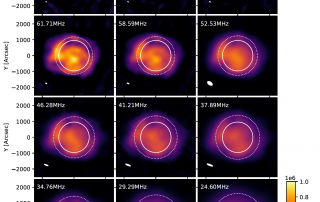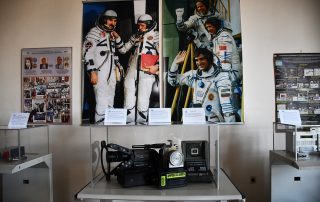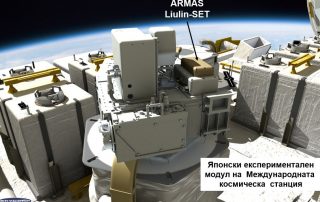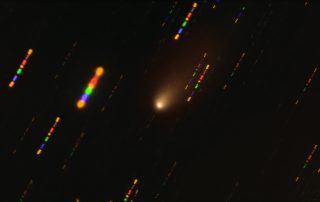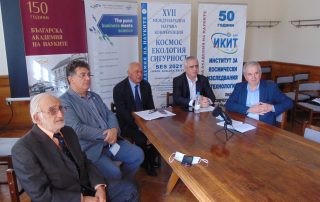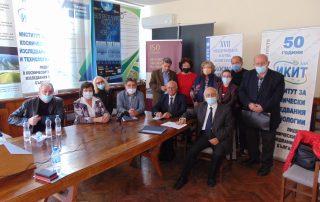Scientists from the Institute of Astronomy with NAO with publication in „The Astrophysical Journal“
Study reveals in detail the quiet Sun at low frequencies Calibrated interferometric images of the quiet solar corona on 07.08.2021 in low frequencies (24.60-78.90 MHz) observed by LOFAR. The Sun is an active star that has significant radio emission over a wide frequency range from kHz to THz, and the solar atmosphere has a complex distribution of magnetic field, plasma density and temperature. These different properties of the solar atmosphere lead to different radio emission characteristics at different frequencies. Interferometric imaging observations of solar low-frequency emission can help diagnose the properties of the plasma at high altitudes in the solar atmosphere. Calibrated interferometric images of the quiet solar corona on 14.08.2021 at low frequencies (24.60-78.90 MHz) as observed by LOFAR. In [...]


